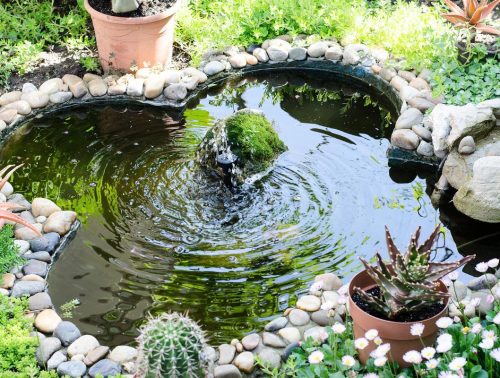Dive In! Using Garden Ponds as an Educational Tool for Review Games
Hey teachers! Ever thought about using the school garden pond as more than just a spot for lunch breaks? It’s actually a great place to host review games that make learning stick and keep the kids engaged. Let’s explore how you can turn a simple pond into an exciting outdoor classroom.
Taking your class outside helps shake up the routine and can make those review sessions a lot more memorable. Kids tend to focus better and engage more with the lesson when they’re surrounded by nature. It’s not just a breeze and sunshine; it’s about giving them a …











